Russia’s plans for Zaporizhzhia plant spark nuclear safety fears
Disconnecting Europe’s largest nuclear plant from Ukraine’s power grid risks catastrophic failure, say experts
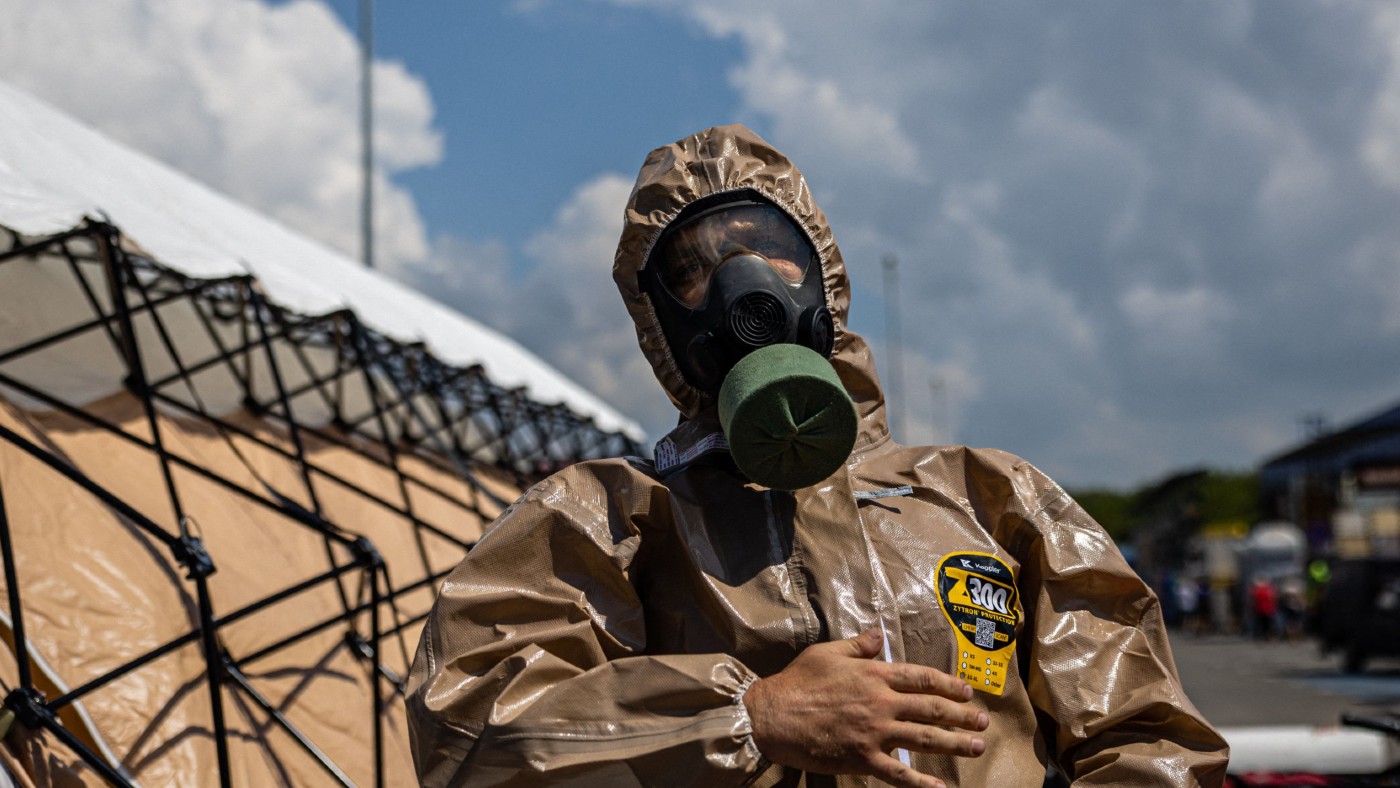
A blueprint for disconnecting Europe’s largest nuclear plant from Ukraine’s power grid has been drawn up by Russian engineers, according to a Ukrainian official.
Petro Kotin, head of Ukraine’s atomic energy company, told The Guardian that Moscow was planning to connect the Zaporizhzhia plant to the Russian power network if fighting severed remaining power connections.
During the potential switch-over, the plant in southeastern Ukraine would be reliant “only on a back-up diesel-powered generator, with no further options should that fail”, said the paper. The potential consequences are extreme, according to Kotin. He explained that “if you fail to provide cooling… for one hour and a half, then you will have melting already”.
The Week
Escape your echo chamber. Get the facts behind the news, plus analysis from multiple perspectives.

Sign up for The Week's Free Newsletters
From our morning news briefing to a weekly Good News Newsletter, get the best of The Week delivered directly to your inbox.
From our morning news briefing to a weekly Good News Newsletter, get the best of The Week delivered directly to your inbox.
Kotin told The Guardian that he fears the Russians are now targeting the power connections between Zaporizhzhia and Ukraine’s grid to make the emergency situation “a reality”. “They just started doing that, they starting all the shelling, just to take out these lines,” he said.
The plant has been under the control of Russian forces since March, but is being run by Ukrainian workers. On Wednesday, Reuters reported that two Zaporizhzhia employees had been arrested for passing information to Ukrainian authorities.
Serving and recently escaped workers at the plant told The Telegraph that Russian security forces have been torturing personnel “to prevent them from telling UN inspectors about safety risks”.
The plant’s position close to the frontline, the treatment of its workers and its current condition – with vehicles packed “so tightly into turbine halls that firefighters would struggle to access them if a fire broke out”, said The Guardian – are all contributing to increasing fears of a Chernobyl-style nuclear fallout.
A free daily email with the biggest news stories of the day – and the best features from TheWeek.com
On Tuesday, UN political affairs chief Rosemary DiCarlo told the Security Council that an agreement is “urgently needed” to re-establish the plant as a “purely civilian infrastructure” to prevent a “potentially ‘catastrophic’ disaster”.
Kate Samuelson is The Week's former newsletter editor. She was also a regular guest on award-winning podcast The Week Unwrapped. Kate's career as a journalist began on the MailOnline graduate training scheme, which involved stints as a reporter at the South West News Service's office in Cambridge and the Liverpool Echo. She moved from MailOnline to Time magazine's satellite office in London, where she covered current affairs and culture for both the print mag and website. Before joining The Week, Kate worked at ActionAid UK, where she led the planning and delivery of all content gathering trips, from Bangladesh to Brazil. She is passionate about women's rights and using her skills as a journalist to highlight underrepresented communities. Alongside her staff roles, Kate has written for various magazines and newspapers including Stylist, Metro.co.uk, The Guardian and the i news site. She is also the founder and editor of Cheapskate London, an award-winning weekly newsletter that curates the best free events with the aim of making the capital more accessible.
-
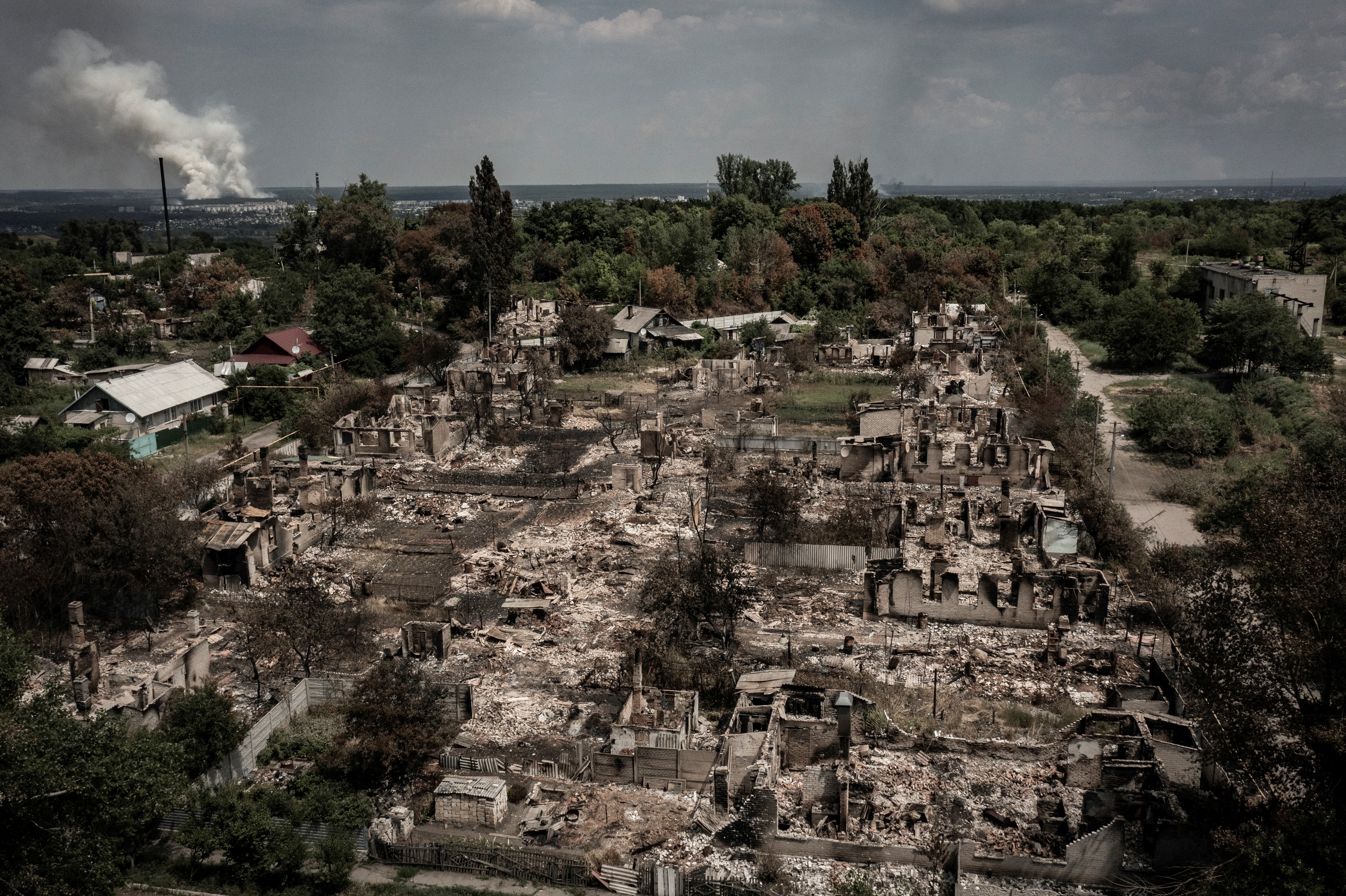 All roads to Ukraine-Russia peace run through the Donbas
All roads to Ukraine-Russia peace run through the DonbasIN THE SPOTLIGHT Volodymyr Zelenskyy is floating a major concession on one of the thorniest issues in the complex negotiations between Ukraine and Russia
-
 US offers Ukraine NATO-like security pact, with caveats
US offers Ukraine NATO-like security pact, with caveatsSpeed Read The Trump administration has offered Ukraine security guarantees similar to those it would receive from NATO
-
 How Bulgaria’s government fell amid mass protests
How Bulgaria’s government fell amid mass protestsThe Explainer The country’s prime minister resigned as part of the fallout
-
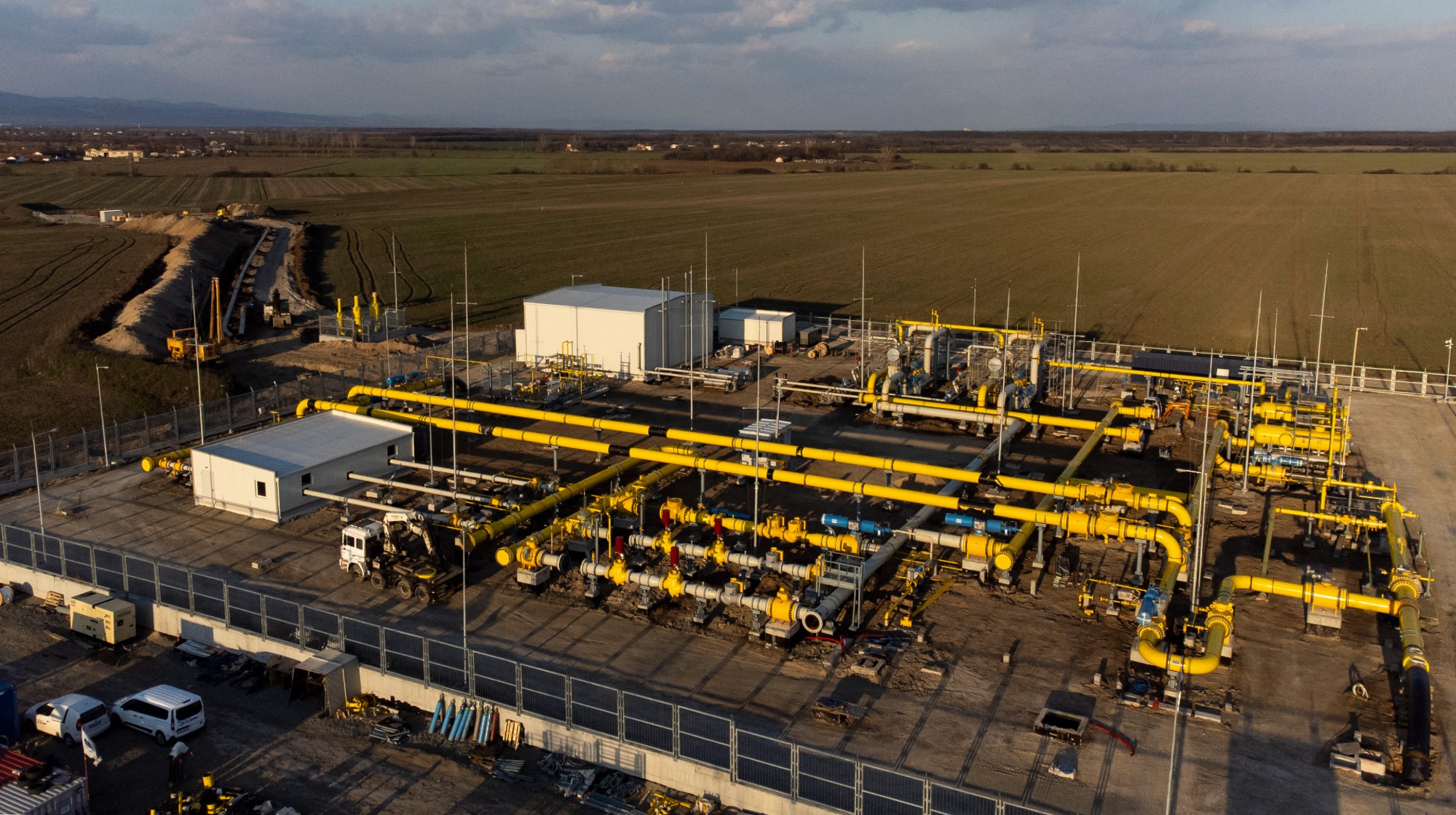 Europe sets 2027 deadline to wean itself from Russian gas
Europe sets 2027 deadline to wean itself from Russian gasIN THE SPOTLIGHT As negotiators attempt to end Russia’s yearslong Ukraine invasion, lawmakers across the EU agree to uncouple gas consumption from Moscow’s petrochemical infrastructure
-
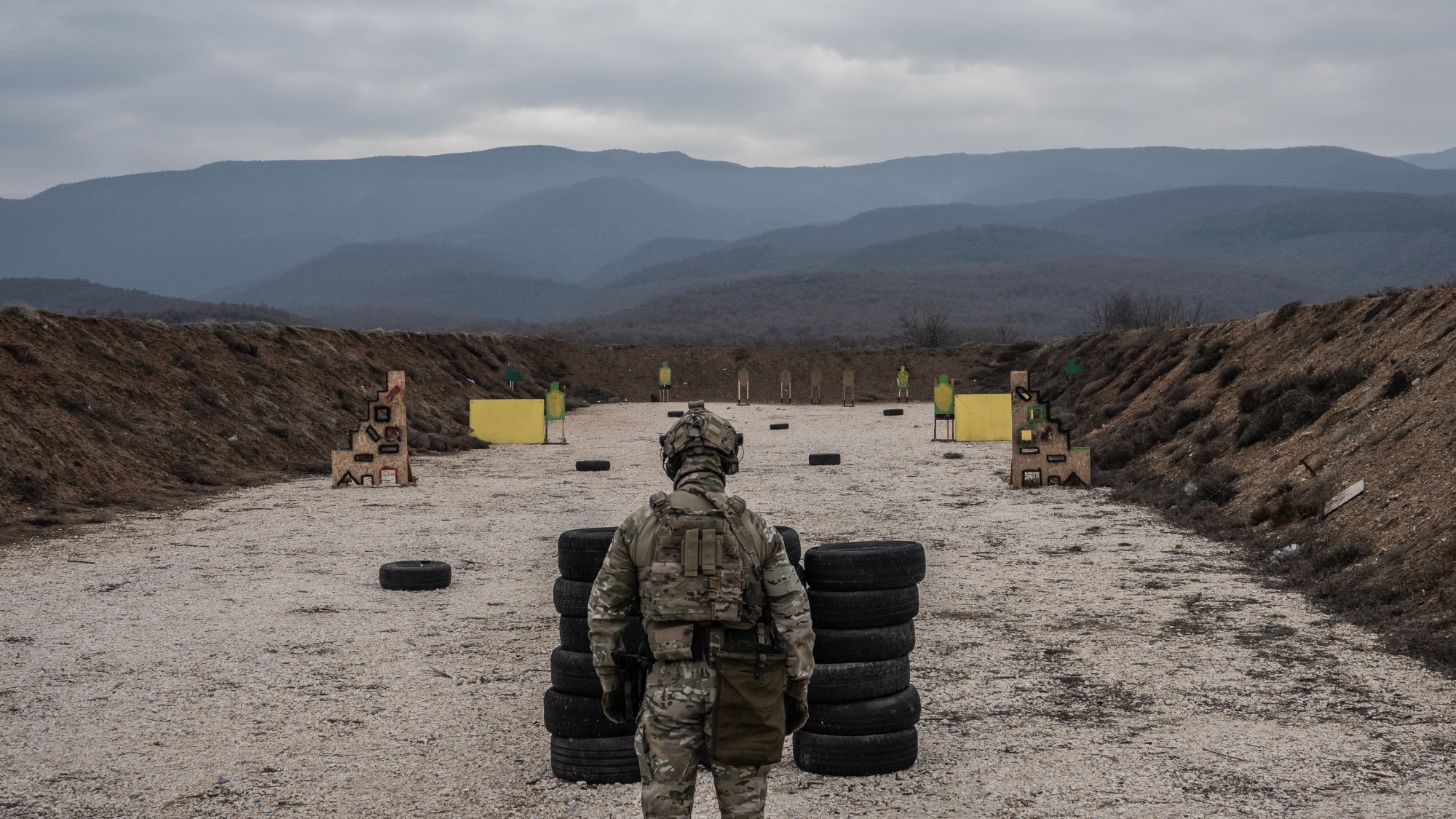 Is Europe finally taking the war to Russia?
Is Europe finally taking the war to Russia?Today's Big Question As Moscow’s drone buzzes and cyberattacks increase, European leaders are taking a more openly aggressive stance
-
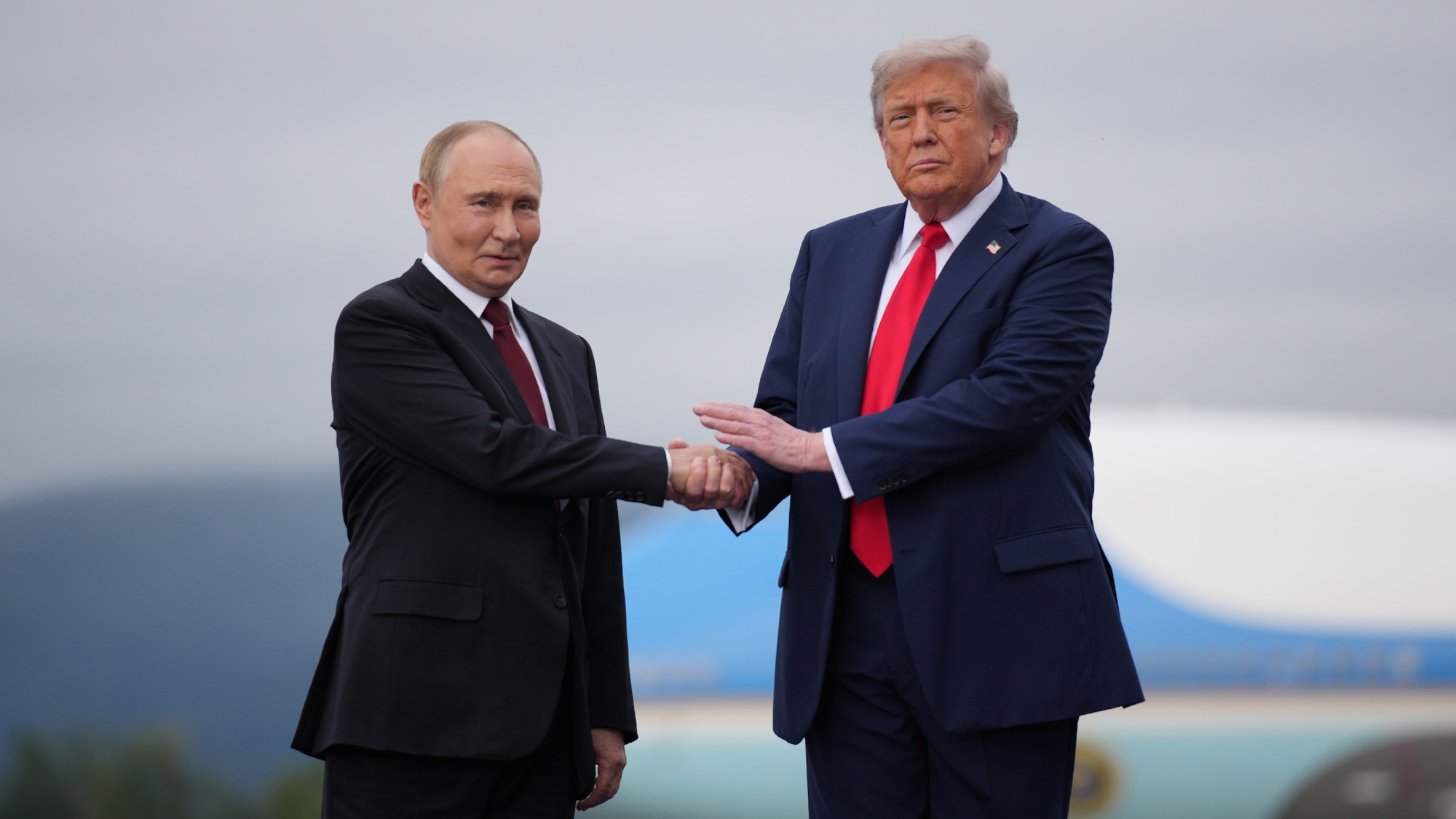 Pushing for peace: is Trump appeasing Moscow?
Pushing for peace: is Trump appeasing Moscow?In Depth European leaders succeeded in bringing themselves in from the cold and softening Moscow’s terms, but Kyiv still faces an unenviable choice
-
 Femicide: Italy’s newest crime
Femicide: Italy’s newest crimeThe Explainer Landmark law to criminalise murder of a woman as an ‘act of hatred’ or ‘subjugation’ but critics say Italy is still deeply patriarchal
-
 Brazil’s Bolsonaro behind bars after appeals run out
Brazil’s Bolsonaro behind bars after appeals run outSpeed Read He will serve 27 years in prison


